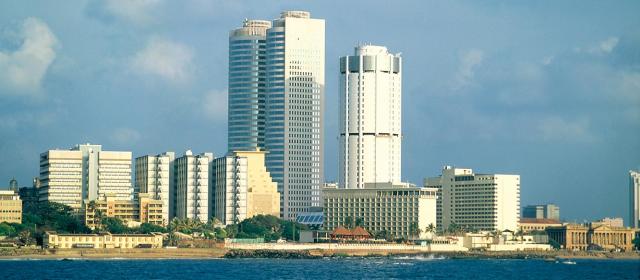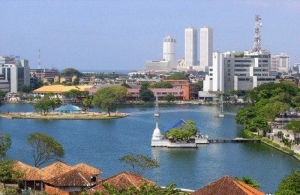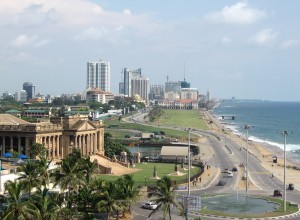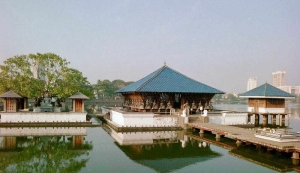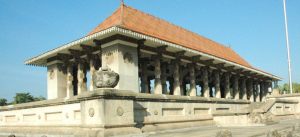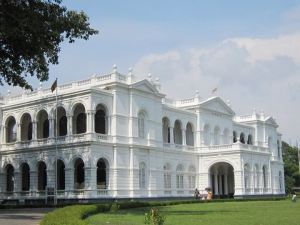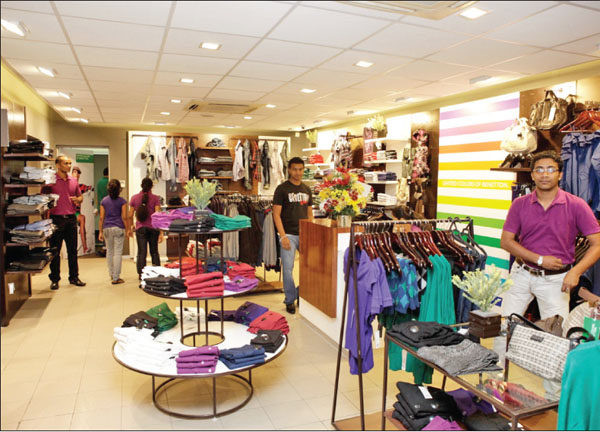The world is waking up to Sri Lanka. Evocatively described in Paul Theroux’s 1975 travel journal, “The Great Railway Bazaar”, it is once again captivating the imaginations of wanderers around the globe. Emerging from a 26 year civil war and the aftermath of the 2004 Indian Ocean tsunami, it is now an island idyll for wildlife watchers and beach lovers, history buffs and honeymooners.
Sri Lanka’s Heritage Train. Credit: Sankara Subramanian
For families however, outside the non-descript southwest coastal resorts which could be anywhere on earth, Sri Lanka is still uncharted territory. And it’s somewhere that responsible tourism can take young travellers on a real journey to remember.
For families the ease of an all-inclusive resort can be hard to ignore, and it’s something the tourism industry shouts loudly about. Kids clubs with organised activities give parents time to chill-out in the adult-only pool, restaurants serving a selection of food keep fussy eaters fuss-free and enclosed surroundings mean little exposure to any kind of culture shock. However, less is said about how responsible tourism can also guide a family through the holiday of a lifetime; swapping swimming pools for spotting wild elephants and all-inclusive hotels for homestays. We believe this should sound exciting rather than daunting for parents, and our latest 2 minute travel guide shows just how family-friendly Sri Lanka can really be.
Yes, the beaches are idyllic, but for me stepping off the soft sand and into the real Sri Lanka offers an unparalleled chance for children to get closer to nature, culture, and other young people. Meeting peers in another country, appreciating the differences in culture and more importantly understanding the similarities between us is an important and eye opening experience for younger minds. And it’s fun. Homestays make this type of cultural exchange easy and for adults concerned that the experience will be awkward, children can be a fantastic ice-breaker. Turn up with a cricket bat and ball and friends of all ages will be made very quickly, whatever the language barrier.
It’s not just a unique cultural experience which responsible tourism offers families, but also the chance to adventure, explore and discover together. Places such as Little Adam’s Peak, baby brother to one of the island’s highest mountains, offer adventures of a smaller size but no less real. Younger children can get an insight into hiking and experience the thrill of reaching the summit to stare over sweeping tea plantations, yet over a shorter, gentler, but no less spectacular distance. More adventurous, older children will love taking their parents white water rafting along the Kelani River rapids at Kitulgala, or lead them on a cycle trip through the coastal wetlands of the Bundala National Park.
Of course, children and parents alike will be drawn to Sri Lanka’s soft sandy beaches and blue waters, and it would be a shame to completely discount the island’s But rather than hole up in a multinational resort, embrace the real coastal srilanka.
Head north or north east to really escape the crowds, otherwise look for small, locally run accommodations in quieter corners of the more popular southern beaches. Sheltered bays, away from strong rip tides along the southern coastline, are the best, safest places for children to swim.
Sri Lanka rewards families who make the effort to discover the country beyond the all inclusive beaches. Responsible tourism rewards families who make this effort too. In our haste to make things easy, to remove any element of stress from a family holiday we often overlook the more authentic, more immersive experiences. However, as is demonstrated in Sri Lanka, these are the experiences which can bring a family together and can give them the chance to build bonds based on learning, exploring and stepping out of the comfort zone together. Choose a good, responsible tour operator which doesn’t try to pack too much in, and a trip to the real Sri Lanka can be just as relaxing as one to its beaches.
source: Huffpost Lifestyle




